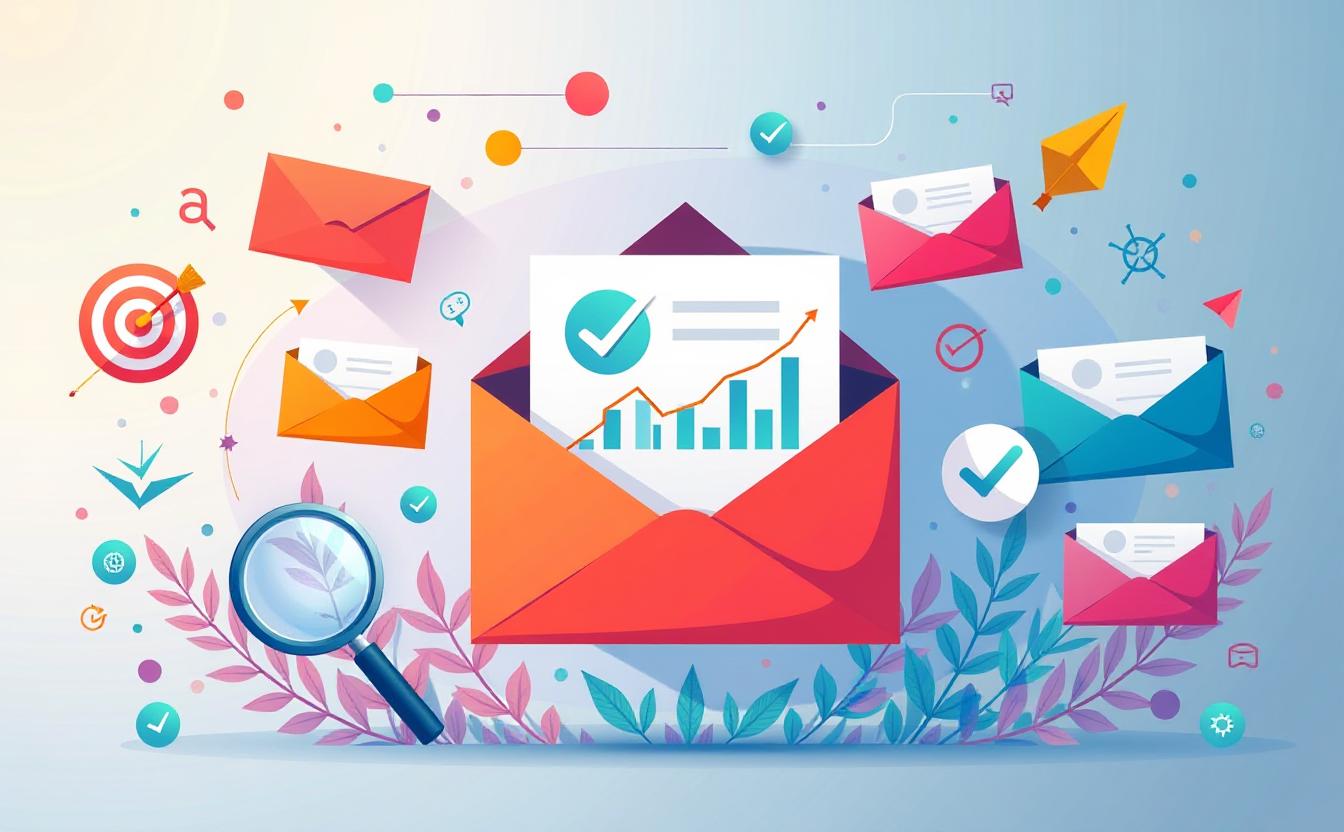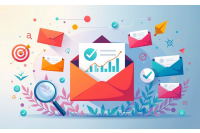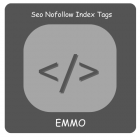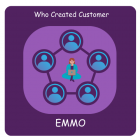Mastering the Art of a Successful E-mail Campaign: Key Strategies

Mastering the Art of a Successful E-mail Campaign: Key Strategies
Table of Contents
- Understanding Your Audience for Effective Targeting
- Crafting Compelling Subject Lines and Email Content
- Building and Segmenting Your E-mail List
- Designing Visually Appealing and Responsive E-mails
- Personalization and Automation in E-mail Campaigns
- Analyzing Performance and Optimizing Future Campaigns
Understanding Your Audience for Effective Targeting
The foundation of any successful e-mail campaign is a clear understanding of your audience. Conducting thorough research to identify your target demographic's preferences, pain points, and behaviors allows you to tailor your messages to resonate with their needs. By using data such as customer purchase history, engagement patterns, and interests, you can craft personalized content that speaks directly to each segment of your audience. This targeted approach increases the likelihood of your e-mails being opened, read, and acted upon, driving higher engagement and conversions.
Crafting Compelling Subject Lines and Email Content
The subject line is the first impression your e-mail makes, and it's crucial to capture the recipient's attention immediately. Craft subject lines that are clear, intriguing, and promise value without being misleading. A/B testing can help you determine which subject lines are most effective. Once the e-mail is opened, the content must deliver on the promise of the subject line. Keep your messaging concise, engaging, and focused on a single objective. Use persuasive language, strong calls-to-action, and ensure the content aligns with your brand’s voice while addressing the needs and interests of your audience.
Tip
If you offer your SEO texts in several languages or localize them for different regions, your pages may be incorrectly classified as duplicate content. However, there is a simple solution to this in the form of hreflang. Our article explains what you need to bear in mind when using hreflang.
Read more about hreflangBuilding and Segmenting Your E-mail List
A well-segmented e-mail list is key to delivering relevant content to the right people. Instead of sending generic messages to everyone on your list, break it down into meaningful segments based on factors like demographics, purchase behavior, engagement levels, or interests. This allows you to send highly targeted e-mails that are more likely to resonate with each group. Building your list organically is also essential to ensure that subscribers genuinely want to receive your e-mails, leading to higher open and click-through rates. Implement sign-up forms, lead magnets, and clear value propositions to grow your e-mail list.
Designing Visually Appealing and Responsive E-mails
GE-mail design plays a crucial role in how your message is received. A visually appealing e-mail not only grabs attention but also encourages engagement. Ensure that your e-mails are well-structured, with a clear hierarchy of information. Use eye-catching visuals, but don’t overdo it—maintain a balance between text and images. It's also essential to make sure your e-mails are mobile-responsive, as a large portion of users access their e-mails on mobile devices. Test your designs on various screen sizes and e-mail clients to ensure a seamless experience across all platforms.
Personalization and Automation in E-mail Campaigns
Personalization can significantly improve engagement by making your e-mails feel more relevant to each recipient. Incorporate personalization elements such as the recipient's name, previous purchases, or location within the e-mail content. Automation takes personalization further by sending triggered e-mails based on specific actions or behaviors, such as cart abandonment, welcome series, or post-purchase follow-ups. By automating certain e-mails, you can ensure timely and relevant communication with minimal manual effort, creating a seamless experience for your audience while increasing engagement and conversions.
Analyzing Performance and Optimizing Future Campaigns
Analyzing the performance of your e-mail campaigns is critical for ongoing improvement. Track key metrics such as open rates, click-through rates, conversion rates, and unsubscribe rates to gauge the effectiveness of your campaigns. Use this data to identify trends, what resonates with your audience, and areas that need improvement. A/B testing different elements, such as subject lines, content, and send times, allows you to continually optimize your approach. By regularly reviewing and refining your strategy based on data, you can increase the success of future campaigns.
| Mastering the Art of a Successful E-mail Campaign: Key Strategies | |
|---|---|
| Understanding Your Audience for Effective Targeting | By analyzing your audience's demographics, interests, and behaviors, you can create targeted messages that resonate with their specific needs, leading to higher engagement and conversions. |
| Crafting Compelling Subject Lines and Email Content | Engaging subject lines and well-written email content are key to grabbing attention and driving users to take action. A/B testing helps refine these elements for maximum impact. |
| Building and Segmenting Your E-mail List | Segmenting your e-mail list ensures you send tailored content to different user groups based on behavior, location, or interests, increasing relevance and improving campaign performance. |
| Designing Visually Appealing and Responsive E-mails | Attractive, responsive designs encourage users to engage with your content, ensuring your emails are accessible and appealing across devices. |
| Personalization and Automation in E-mail Campaigns | Personalizing emails with user-specific data and automating workflows help create relevant, timely messages that drive engagement and foster loyalty. |
| Analyzing Performance and Optimizing Future Campaigns | Tracking metrics like open and click-through rates helps you assess the effectiveness of your campaigns, allowing for continuous optimization and improved results. |
FAQs
Understanding Your Audience for Effective Targeting
The foundation of any successful e-mail campaign is a clear understanding of your audience. Conducting thorough research to identify your target demographic's preferences, pain points, and behaviors allows you to tailor your messages to resonate with their needs. By using data such as customer purchase history, engagement patterns, and interests, you can craft personalized content that speaks directly to each segment of your audience. This targeted approach increases the likelihood of your e-mails being opened, read, and acted upon, driving higher engagement and conversions.
Crafting Compelling Subject Lines and Email Content
The subject line is the first impression your e-mail makes, and it's crucial to capture the recipient's attention immediately. Craft subject lines that are clear, intriguing, and promise value without being misleading. A/B testing can help you determine which subject lines are most effective. Once the e-mail is opened, the content must deliver on the promise of the subject line. Keep your messaging concise, engaging, and focused on a single objective. Use persuasive language, strong calls-to-action, and ensure the content aligns with your brand’s voice while addressing the needs and interests of your audience.
Building and Segmenting Your E-mail List
A well-segmented e-mail list is key to delivering relevant content to the right people. Instead of sending generic messages to everyone on your list, break it down into meaningful segments based on factors like demographics, purchase behavior, engagement levels, or interests. This allows you to send highly targeted e-mails that are more likely to resonate with each group. Building your list organically is also essential to ensure that subscribers genuinely want to receive your e-mails, leading to higher open and click-through rates. Implement sign-up forms, lead magnets, and clear value propositions to grow your e-mail list.
Designing Visually Appealing and Responsive E-mails
E-mail design plays a crucial role in how your message is received. A visually appealing e-mail not only grabs attention but also encourages engagement. Ensure that your e-mails are well-structured, with a clear hierarchy of information. Use eye-catching visuals, but don’t overdo it—maintain a balance between text and images. It's also essential to make sure your e-mails are mobile-responsive, as a large portion of users access their e-mails on mobile devices. Test your designs on various screen sizes and e-mail clients to ensure a seamless experience across all platforms.
Personalization and Automation in E-mail Campaigns
Personalization can significantly improve engagement by making your e-mails feel more relevant to each recipient. Incorporate personalization elements such as the recipient's name, previous purchases, or location within the e-mail content. Automation takes personalization further by sending triggered e-mails based on specific actions or behaviors, such as cart abandonment, welcome series, or post-purchase follow-ups. By automating certain e-mails, you can ensure timely and relevant communication with minimal manual effort, creating a seamless experience for your audience while increasing engagement and conversions.
Analyzing Performance and Optimizing Future Campaigns
Analyzing the performance of your e-mail campaigns is critical for ongoing improvement. Track key metrics such as open rates, click-through rates, conversion rates, and unsubscribe rates to gauge the effectiveness of your campaigns. Use this data to identify trends, what resonates with your audience, and areas that need improvement. A/B testing different elements, such as subject lines, content, and send times, allows you to continually optimize your approach. By regularly reviewing and refining your strategy based on data, you can increase the success of future campaigns.










